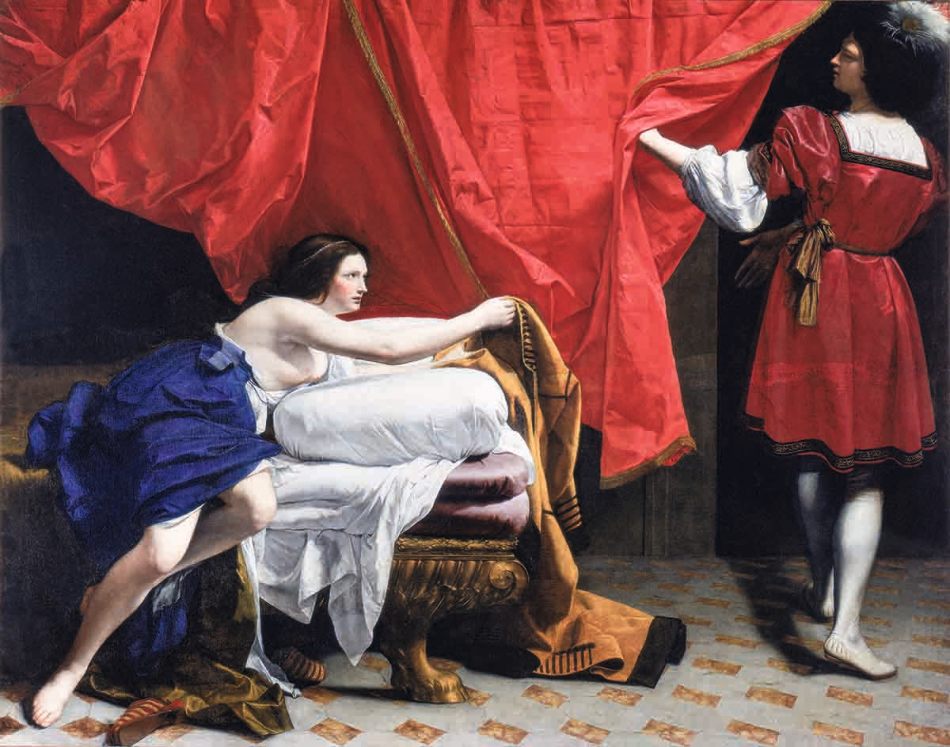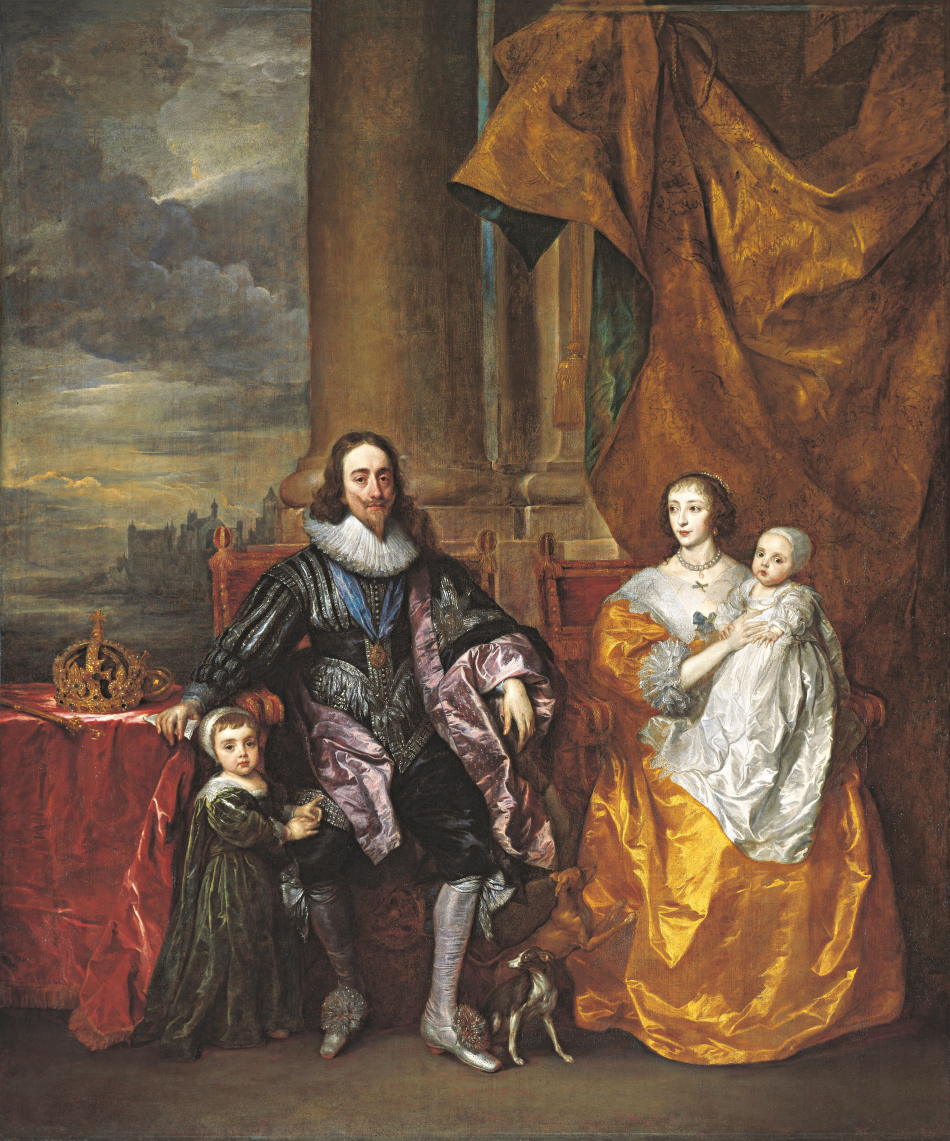Queen Henrietta Maria had exquisite taste in art, architecture and fashion, as was becoming to a descendant of the Medicis. From Erin Griffey at The Royal Academy:
In 1625, being both French and Catholic, Henrietta Maria was particularly vulnerable to an English public that was deeply suspicious – if not outwardly hostile – to those most essential aspects of her identity. Her marriage to Charles had been a dynastic match to advance diplomatic ties between England and France, and negotiations had been particularly delicate because this was the first cross-confessional marriage of a Protestant heir to the throne to a Catholic princess. Pope Urban VIII, her godfather, provided the necessary dispensation and he inveighed her to advance the Catholic cause in England. For the Pope, her French family and English Catholics, there was every hope that she might convert the King, an aspiration that struck horror in the wider English population. If she managed to charm many at court with her sophistication and lively personality, she remained deeply divisive throughout her life, not just because of her French heritage and Catholicism but her perceived power over the King.
If her position as mother to a growing brood of royal children and her close bond with her husband enhanced her power at court in the 1630s, her patronage also flourished during this period. Raised at the French court and au fait with ballet and court theatricals, Henrietta Maria was an enthusiastic patron of court masques, in which she performed starring roles. She played an active part in the commissioning of artworks, buildings, garden designs, furnishings and other luxury goods at court. Even if the King financed the bulk of the building works at her palaces, she approached the interior decoration of her palaces, and the gardens that surrounded them, with alacrity, as her own financial accounts attest. After all, she had an independent income generated through her jointure, or marriage settlement, totalling more than £28,000 by 1630, an immense sum. She also received several palaces as part of her jointure. Somerset House, Greenwich, Oatlands, Nonsuch, Richmond and Holdenby had all been settled on her by 1630, with Wimbledon allocated by 1639. This was royal living on a very impressive scale.
Her palaces were the subject of extensive renovations, more so even than the King’s, and she funded lavish redecorations of rooms, with Persian carpets, Mortlake tapestries, wrap-around silk bed curtains and inlaid cabinets, the floors strewn with fresh flowers. Her accounts show that she made payments to Inigo Jones, who designed her “House of Delight” at Greenwich. Notably, too, she retained the services of French garden designers, including Isaac de Caus, André Mollet and André le Nôtre. She even ordered flowers and fruit trees from France.
The paintings she chose for her palace interiors that are now on show in the RA’s magisterial exhibition include Correggio’s Holy Family with St Jerome (c.1519) at Greenwich and Jacopo Bassano’s Adoration of the Shepherds (c.1546) at Wimbledon. The Queen also had an affinity for Italian Baroque pictures by Guido Reni and Orazio Gentileschi, with her house at Greenwich decorated with three large history paintings by Orazio, including Joseph and Potiphar’s Wife (c.1630-32) as well as an allegorical ceiling cycle. Religious pictures proliferated in her palaces and chapels, and family portraits were also prominently displayed. Ever the proud mother, she sent gifts of her children’s portraits as part of the customary exchange of family portraits amongst relatives.
Her lavish wardrobe seems to have been funded entirely through her own revenue. The ravishing silks, delicate ribbons and luminous jewels in her portraits reveal a woman of huge wealth as well as style. She maintained a French tailor, embroiderer and perfumer, as well as a veritable army of artisans and suppliers to ensure she was the best-dressed woman at court. Her style was widely emulated, as evidenced by the many portraits of Stuart ladies whose coiffures and clothes pay homage to their French queen. (Read more.)
 |
| Joseph and Potiphar’s Wife by Orazio Gentileschi |
Share


















No comments:
Post a Comment